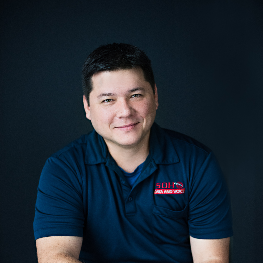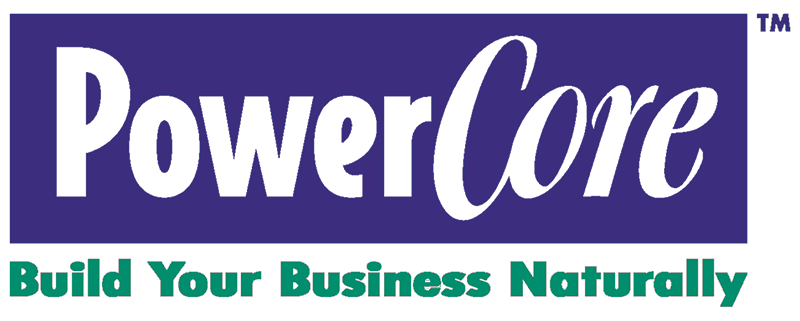What To Do To Give Referrals: Action > INTROMinute
Multi-tasking is division – dividing attention.
Multi-purpose is multiplication – using one thing in more than one place.
Share a way **don’t repeat something already mentioned you use one thing in two different ways when you are referring a Team Member to a client.
Share your action: the result is multiplication.

Response from Jon Ongtingco
from the Cumberland Team
When referring a team member to a client I highlight a past victory I have knowledge of, but I use it in two ways:
First, I am showing proof of their skill in their job.
Second, I am giving evidence of their client collaboration.
One victory becomes both a technical credential and a relationship-building story.

Response from Saurel Quettan
from the Candler Park Team
When I refer a Team Member, I don’t just hand over a name, I share a story. I take a powerful result my Team Member created for me or someone I trust and turn that into a “what if” for my client. The story builds credibility and makes the referral unforgettable. One moment of storytelling becomes both a door-opener and a trust-multiplier.

Response from Tom Wallace
from the Peachtree City Team
I use a three-way email introduction in two ways:
1. To make that connection between the team member and the prospect
2. To highlight the team member's expertise to solve the prospect's issue and also try to find a connection point that each has in common.

Response from Heidi Franz
from the Newnan Team
When I refer a team member to a client, I often leverage the same email introduction in two different ways. First, I use it as a clear connection between my client and the team member, highlighting how the team member specifically solves my client’s problem. Second, I intentionally include details that showcase my client’s business strengths. This approach multiplies the impact: it not only positions the team member as a trusted resource but also gives my client additional visibility and credibility in the eyes of that team member. The result is multiplication—both parties gain recognition, trust is strengthened, and future referrals are encouraged.

Response from Lacy Loyd
from the Newnan Team
When I refer someone, I don’t just give a name — I share a personal story from my own experience or someone I know well. That one step helps the client feel more confident in the person I’m recommending, and it reinforces that I’m someone they can count on. It’s not just a referral — it’s a way of showing, “I’ve got you,” and positioning myself as a valuable resource they can turn to again.
Response from Micah Knapp
from the Peachtree City Team
One way I have tried to make my referrals more multipurpose is by including a valuable piece of information—like a personal story or a proven success.
First, This information builds credibility for the person I’m referring and second it shows that I have a real connection to them and am not telling my client of a person I have heard of.

Response from Lindsey Turner
from the Whitlock Avenue Team
When I refer a team member, I use my PowerCore folder with all my team members' business cards, which stays on the conference room table during client meetings. When a need comes up, I flip to the right contact, explain how I know them and why I trust them.
This does three things:
- Builds instant trust—clients know I only refer people I personally vouch for.
- Speeds up the connection—I can text or email an intro on the spot.
- Positions me as a valuable resource with a strong, reliable network.
